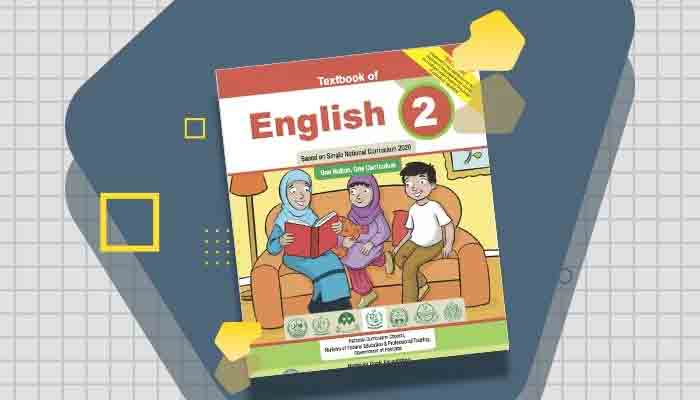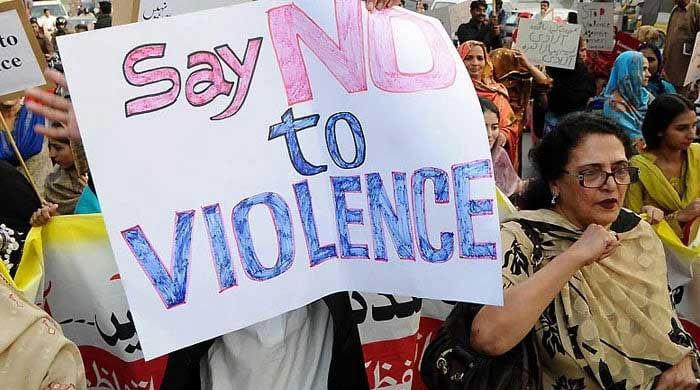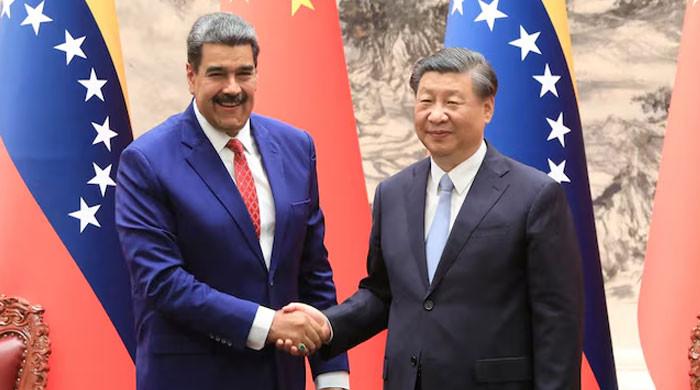Imposing a single curriculum on provinces
The misperception created behind Sindh’s opposition to the SNC needs to be dispelled
September 18, 2021

Overriding the constitution, the PTI government has rolled out the Single National Curriculum (SNC), which is to be implemented in a phased manner.
Phase one is currently underway, covering pre-primary to grade five; phase two deals with grade six to eight; and the third phase starts from grade nine to twelve. The whole exercise is set to be completed by March 2023. The federal government hails the initiative as a solution to all existing educational woes.
However, Sindh has not jumped on to these claims, since the start of discussions on the national curriculum and education policy. Due to these differences, the province has decided to opt out of the scheme, contending that curriculum-setting is the exclusive domain of provinces following the 18th Amendment to the constitution of Pakistan. Unfortunately, despite being an elected party, the PTI has chosen to ignore Sindh’s concerns.
The federal government’s justification for imposing a curriculum on the provinces seems shaky. Their whole argument is based on the interpretation of Article 25-A of the constitution (Right to Education). The article says that the state has a duty to provide education to children between the ages of 5 and 16, and therefore the federal government can start such initiatives to secure fundamental rights for children. This bizarre interpretation has been challenged by legal experts.
Advocate Nida Usman Chaudhary is worth quoting here. In her research paper titled ‘Implications of [a] Single Curriculum’, she raises a very pertinent question about the interpretation of Article 25-A, “Do fundamental rights of people prevail over constitutional rights of the provinces, which in turn, are also rights of the people of those provinces?” I wonder what the legal wizards of the PTI would say in response.
The constitutional aspects aside, even on purely educational grounds the SNC is short on substance. The federal government is peddling a myth that curriculum alone would solve the chronic issues of inequality in education and social disharmony. Frankly, such an approach reveals a myopic and narrow understanding of education, of which curriculum is only one part.
First of all, it is a misnomer to term it a ‘Single National Curriculum’ because by adding the word single it implies as if we had multiple curricula in the past, which is not true. In fact, prior to the 18th Amendment, there used to be a national curriculum, which was also a ‘single’ curriculum for all provinces except elite schools and madrassahs. The same is true for the SNC; madrassahs will not be adopting it for now, having asked for more time.
Moreover, there are highly exaggerated expectations from the SNC. The curriculum has been in the hands of the federal government for 37 years (1973-2010); why could it not achieve the desired social cohesion and integration? What went wrong?
Our national attitude towards religious minorities, women and other ethnic groups has been on a continuous downward trajectory due to narrow definitions of religion and nationalism. The current status of society – conservative and intolerant – warrants some soul-searching in order to understand what underlies that hatred for the Other. Without doing so, and by only treating symptoms we will only further aggravate the existing biases and prejudices.
Ending various disparities in the education system requires a holistic approach. Those who consider the curriculum as the sole driver of equality are surely in for a big disappointment. Let me attempt to explain it. We look at a situation in three types of schools – an elite school, a low-cost private school, and a government school. Imagine all schools use the same curriculum. The lesson to be taught is about the effects of climate change. Despite having the same curriculum for all the students enrolled in the aforementioned schools, the learning outcomes of students are bound to vary according to the type of the school they attend.
Students at the elite schools would surely demonstrate better results as their schools are equipped with qualified teachers and other resources along with access to computer labs and internet facilities. Such students would be able to conduct research applying critical thinking skills whereas students enrolled in the other two types of schools would lag behind them due to a lack of those facilities.
As a result, students enrolled in the non-elite schools would heavily rely on the prescribed textbooks and rote learning. Moreover, schools don’t exist in isolation; a hierarchical schooling system reflects the economic, social and cultural power dynamics of our society. So, how can the SNC achieve education equality without addressing such prevailing inequalities in the education system?
Another disagreement in Sindh regarding the SNC concerns the medium of instruction as it recommends Urdu as the sole medium of instruction. In Sindh, education is imparted in three languages – Sindhi, Urdu and English. Of the published textbooks, more than 65% are in Sindhi. Has the federal government ever thought about the impact of such a decision on students’ learning outcome? There is a strong consensus among the world’s educationists for students to receive education in their mother tongue or in a language of the environment. Why didn’t the SNC take such important factors into consideration?
The misperception created behind Sindh’s opposition to the SNC needs to be dispelled. There have been allegations that the province is not willing to teach Nazra Quran to students. The reality is that under the Sindh curriculum students are taught the Quran from grade three but the SNC recommends teaching Nazra Quran from grade one. Trained teachers are required for Nazra Quran; they are currently not available.
Besides that, Sindh has taken a few good initiatives regarding social cohesion. The newly published social studies books for grade four contain lessons about the life and achievements of Dr Ruth Pfau, Malala Yousafzai and Iqbal Masih. So, how can the SNC achieve national integration without respecting the diversity of Pakistan? Under the garb of national integration, the provinces shouldn’t be deprived of taking such small initiatives, for which they are constitutionally mandated; not allowing them will be detrimental to national integration.
The writer is an educationist based in Karachi.
Email: [email protected]











